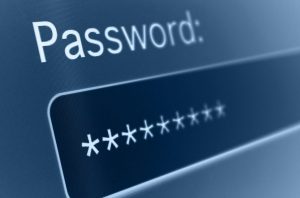How to Prevent Security Breaches from the Inside
When you think about the sheer number of external security threats your company faces, it is easy to forget about internal perils and dangers. A lot of the time, security breaches come from within an establishment and may be the result of an “inside job.”
Although most businesses will subject new members of staff to in-depth interviews and carry out numerous background checks, you can never be too cautious. Security Guards Bristol is a security company that specializes in protecting companies from external intruders, but we know an ever-present threat exists from internal sources too. So, here is how to prevent security breaches from the inside.
Change passwords and codes regularly
Changing and having to memorize new passwords and codes might be a bit frustrating, but it is highly advisable to keep internal security hazards at bay. Try to change things like alarm codes and computer passwords every 6 months to ensure the companies premises and important data is unreachable and unattainable.
By updating these security methods regularly, you ensure that only trusted employees have control over the businesses most valuable assets. You can speak to us about the technical aspects of changing alarm codes or your IT department regarding regular password reminders.

Disable access to ex-employees
Regardless, whether it was their choice or not, you’re bound to have members of your team leaving the business every now and again. However, failing to deactivate access for ex-employees can be incredibly risky from a security perspective.
If they can still access email accounts or the local intranet, scores of sensitive documents are in danger. On top of that, they may still know alarm codes or have a card to enter the locations. So have a system in place to deactivate access for every member of staff that no longer works for the company.
Provide different passwords and codes for different people
This might be a bit complicated to implement. However, it’s a rather foolproof way of knowing who has access to the building or premises when an occurrence happens. By assigning different passwords and codes to different people, you can simply look at which code was used in the time/area.
The only issue with this is that intruders may have somehow gained access or stolen a member of staff’s security code or password. This might be a current employee or anonymous individual, so don’t jump to assumptions too quickly.
Establish a circle of trust
You are no doubt conscious that company clients and everyday consumers must trust your business if they wanting a deal or make a purchase. However, the same goes for your workforce when it comes to internal safety.
Therefore, try and establish a circle of trust amongst a small group of team members. These should be the people that need to know about things like alarm codes. Be certain that communication does not go beyond this team. This will limit the number of individuals who have access to security measures such as passwords.
For more advice, contact us right here at Security Guards Bristol, a security company that provides key holding. Our service ensures all your keys are protected by coding, a security seal and stored within a security safe, ready to be issued when required.




